The 5th "Booking Service Guide for Visits"
- The 5th "Booking Service Guide for Visits">
- Special Services
School Visit Booking - Special Services
In 2007, the International Council of Museums (ICOM) has readjusted ¡§Education¡¨ as the top priority of a museum¡¦s function, followed by study and enjoyment. This implies that the function of education is an indispensible part of a museum¡¦s activities. Whether it is a demonstrative or interactive type of museum, any kind of guided visit activity will bridge the distance between exhibits and visitors. In much the same way, for student group visits that are arranged by schools, the communication and interaction between educators and Facilitators are the key to the success of our guided visits.
Visit for Teachers
We would like to invite school principals, chiefs, teachers and staff of extracurricular activities to visit the Museum. We are pleased to give detailed introduction of our services and exhibits to teachers of different subjects. We also help to arrange for student visits.
| Item | Audience |
|---|---|
| O1-001 "Visit for Teachers" | Educators |
Customized School Activities
We can customize numerous individual programs or activities continuously or continually during the scholastic year and basic materials will be provided by the Museum.
Kind reminder:
- The participants and detailed timetable has to be compromised between the schools or teachers and the Museum.
- Students who have achieved attendance up to 80% will obtain a certificate after completion of the activity.
| Item | Audience |
|---|---|
| O2-001 "Stamp Collection Club" | Primary & Secondary |
| O2-002 "Telecom Club" | Primary & Secondary |
Museum without Boundary
Based on the requirements of schools and teachers, we shall hold our popular items at schools.
| Item | Audience |
|---|---|
| O3-001 "Museum at My School" | Primary & Secondary |
| O3-002 "Stamp College" | Primary & Secondary |
| O3-003 "Science College" | Primary & Secondary |
| O3-004 "Science Café" | Primary & Secondary |
| O3-005 "Exhibition-in-Shools" | Primary & Secondary |
- The 5th "Booking Service Guide for Visits">
- Special Services
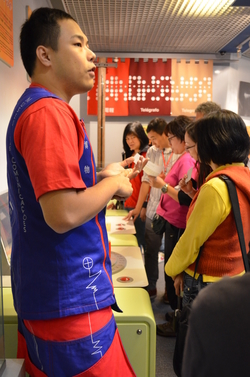
Item: O1-001 "Visit for Teachers"
Audience: Educators
Content: To be defined with the school
Charge: Free of charge (Free entrance for teachers of Macao at any time. Please present the valid teacher ID)
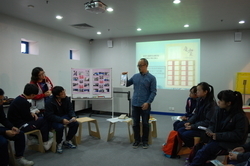
Item: O2-001 "Stamp Collection Club"
Audience: Primary & Secondary
Duration: The time has to be compromised between the schools or teachers and the Museum.
Content: The content will be defined based on students' knowledge of stamps.
Charge:
For classes held in the museum, MOP30.00 per student for a 10-hour program.
For classes held at schools, MOP40.00 per student for a 10-hour program.
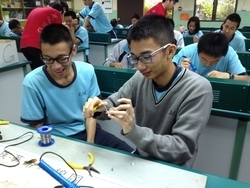
Item: O2-002 "Telecom Club"
Audience: Primary & Secondary
Duration: The time has to be compromised between the schools or teachers and the Museum.
Content: The content will be defined based on students' knowledge of telecommunications.
Charge: Classes can be held in the Museum or at schools. Charges will be set based on the content.
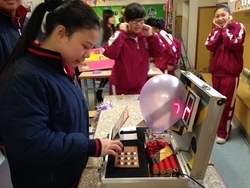
Item: O3-001 "Museum at My School"
Audience: Primary & Secondary
Duration: One-off activity. The time has to be compromised between the schools or teachers and the Museum.
Content: Interactive games, simple workshops and science demonstrations can be arranged for holding at schools during their open days or special events.
Charge: Free of charge
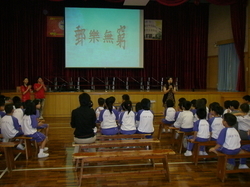
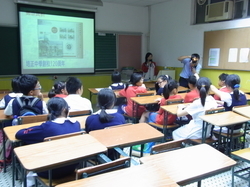
Item: O3-002 "Stamp College"
Audience: Primary & Secondary
Duration: One-off activity. It can be held during the school's morning assembly or after school in the afternoon.
Content: Primary 1 to 3 for "Endless Fun of Stamps"; Primary 4 to 6 for "Around of World of Stamps". Content will be defined based on secondary students' knowledge of stamps.
Charge: Free of charge

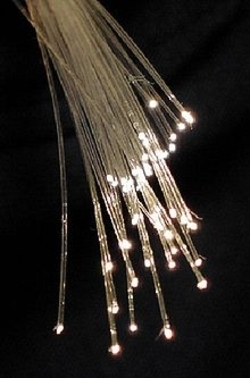
Item: O3-003 "Science College"
Audience: Primary & Secondary
Duration: One-off activity. It can be held during the school's morning assembly or in the afternoon after classes.
Content: The topics are scientists and the influence of their inventions in the modern days' technological development.
Themes: "Revolution of Optical Fibers", "Alexander Graham Bell and His Telephone", "Cryptography", "The Means of Ancient Communication", "The Means of Modern Communication", "The Impact of Solar Variability on Communications".
Charge: Free of charge
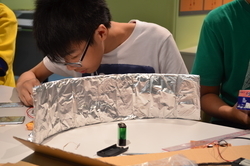
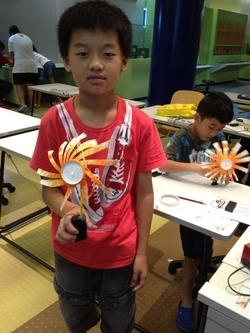
Item: O3-004 "Science Café"
Audience: Primary & Secondary
Duration: Based on the requirements of the selected programs
Content: Select from the existing Postal/Philately or Telecommunications workshops or courses.
Charge: Please refer to the "Fees Table of Workshops and Courses".
Item: O3-005 "Exhibition-in-Shools"
Audience: Primary & Secondary
Duration: One-off activity. To be defined between the schools and the Museum.
Content: Portable exhibitions are brought to schools. Students may check the exhibits as part of their class or break time or join the thematic guided tour.
Charge: Free of charge
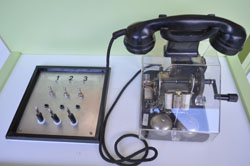
Evolution of Telecommunications Technology
Although telegraph, the first kind of telecommunications method in Macao, has gradually become obsolete, telephone service has undergone rapid development in less than a century. Today it has become an indispensable telecommunications channel for everyone.
Morse Telegraph
Send and receive messages with Morse telegraph keys and codes.
Pointer Telegraph
The pointer is controlled by rotating the handle on the telegraph machine. The message is sent to the receiving telegraph machine through a step-by-step sequential circuit.
Manual Switching
For a successful connection, the telephone call has to be manually transferred by an operator to the recipient's side.
Automatic Switching
The caller can easily set up a telephone call by dialing the recipient's phone number.
Wired Transmission and Wireless Transmission
Wired transmission is adopted by fixed-line telephone, cable television, Internet and so on that utilizes wired communication technology for data transmission. On the other hand, wireless transmission uses radio waves, as in radio broadcasting, or other kinds of wireless channels for transmission.

Music with Electromagnetism
Why music can be produced by electromagnetism? Each exhibit shows different theories of electromagnetism. Please follow the instructions on the board in order to play a song together. Let's make some good music with electromagnetism.
Static Electricity Sensor Drum
Rub a plastic rod to generate static electricity which will trigger the sensor to produce different sounds.
Metal Sensor Xylophone
Place different kinds of metal at the corresponding position to trigger the sensor to produce the sound of electronic xylophone.
Magnetic Detector Violin
Place a magnet at the corresponding position to trigger the sensor to produce electronic violin music.
Human Resistor Piano
Use your hand to touch the corresponding point of the exhibit. Human resistance will trigger the sensor to play piano music. You can also play the whole piece of music together with a group people.
Graphite Rock-and-Roll
Use a pen made of graphite to write on the drawing paper. The resistance in different strokes will produce different music tones.
Van de Graaff Generato
Hear the sound of sparks caused by ionization of air from accumulation of very high electrostatic voltages.
About CMM
Contact US
Others
Other Websites
Number of Visitors:
Last Modified Date: 10/03/2025